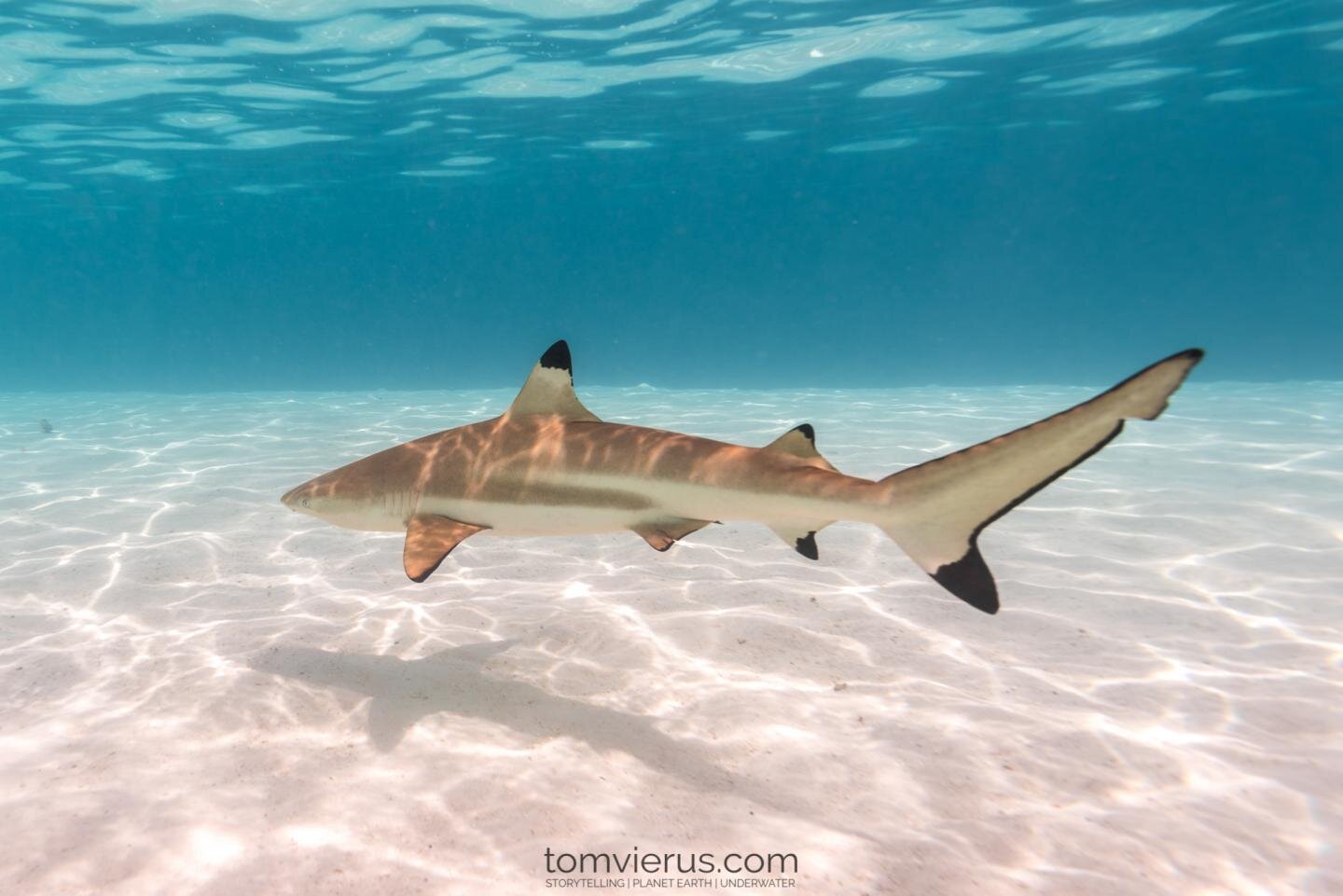
Baby Sharks: The Enigmatic and Endearing Denizens of the Deep
Introduction
The ocean’s depths hold a myriad of wonders, and among them, baby sharks occupy a unique and captivating niche. These miniature predators, often overlooked in the shadow of their formidable adult counterparts, possess an intriguing array of adaptations and behaviors that make them worthy of our attention. From their birth to their early development, baby sharks embark on a remarkable journey filled with challenges and triumphs.
Birth and Early Development
Baby sharks, known as pups, are born in a variety of ways depending on the species. Some species, such as the dogfish shark, lay eggs that hatch externally. Others, like the great white shark, give birth to live young after a lengthy gestation period.
Upon birth, pups are typically small and vulnerable, measuring only a few inches in length. They possess a distinctive appearance, with large eyes, a pointed snout, and a slender body. Their skin is often covered in a layer of mucus that provides protection against infection and parasites.
Feeding and Growth
Baby sharks are voracious predators, and their diet consists primarily of small fish, crustaceans, and mollusks. They use their sharp teeth to seize and crush their prey, which they then swallow whole.
As they grow, baby sharks gradually increase their food intake and expand their diet to include larger prey. They also develop specialized feeding strategies, such as ambush hunting or scavenging.
Social Behavior
The social behavior of baby sharks varies depending on the species. Some species, such as the nurse shark, form large aggregations known as "pupsicles." These groups provide protection from predators and facilitate learning and social interactions.
Other species, like the tiger shark, are more solitary and exhibit aggressive behavior towards other sharks, including their own siblings.
Predators and Threats
Baby sharks face numerous predators in their environment, including larger sharks, marine mammals, and seabirds. They also encounter threats from human activities, such as overfishing and pollution.
To protect themselves, baby sharks rely on a variety of defense mechanisms. They may use camouflage to blend in with their surroundings, or they may release a chemical that repels predators. Some species also form protective groups or seek shelter in crevices or under rocks.
Conservation and Importance
Baby sharks play a vital role in the marine ecosystem. As predators, they help to control populations of other species and maintain a healthy balance. They are also an important food source for larger marine animals.
However, baby sharks are facing increasing threats from human activities. Overfishing, habitat destruction, and pollution are all contributing to their decline. Conservation efforts are therefore essential to protect these enigmatic creatures and ensure their survival.
Conclusion
Baby sharks are fascinating and important creatures that deserve our attention and protection. Their unique adaptations, behaviors, and ecological roles make them an integral part of the marine ecosystem. By understanding and appreciating these miniature predators, we can contribute to their conservation and ensure their continued existence in the ocean’s depths.
Additional Information
Size and Appearance
Baby sharks vary in size depending on the species. Some species, such as the dwarf lantern shark, reach a maximum length of only a few inches. Others, like the great white shark, can grow to be over 20 feet long.
The appearance of baby sharks also varies, but they typically have large eyes, a pointed snout, and a slender body. Their skin is often covered in a layer of mucus that provides protection against infection and parasites.
Reproduction
Baby sharks are born in a variety of ways depending on the species. Some species, such as the dogfish shark, lay eggs that hatch externally. Others, like the great white shark, give birth to live young after a lengthy gestation period.
The gestation period for live-bearing sharks can vary from a few months to over two years. During this time, the embryos develop inside the mother’s uterus and receive nourishment from a yolk sac.
Lifespan
The lifespan of baby sharks varies depending on the species. Some species, such as the spiny dogfish, can live for over 100 years. Others, like the blue shark, have a lifespan of only around 20 years.
Threats and Conservation
Baby sharks face numerous threats in their environment, including larger sharks, marine mammals, and seabirds. They also encounter threats from human activities, such as overfishing and pollution.
Overfishing is a major threat to baby sharks, as they are often caught as bycatch in fishing nets. Habitat destruction and pollution can also harm baby sharks and their prey.
Conservation efforts are therefore essential to protect baby sharks and ensure their survival. These efforts include reducing overfishing, protecting their habitats, and reducing pollution.
